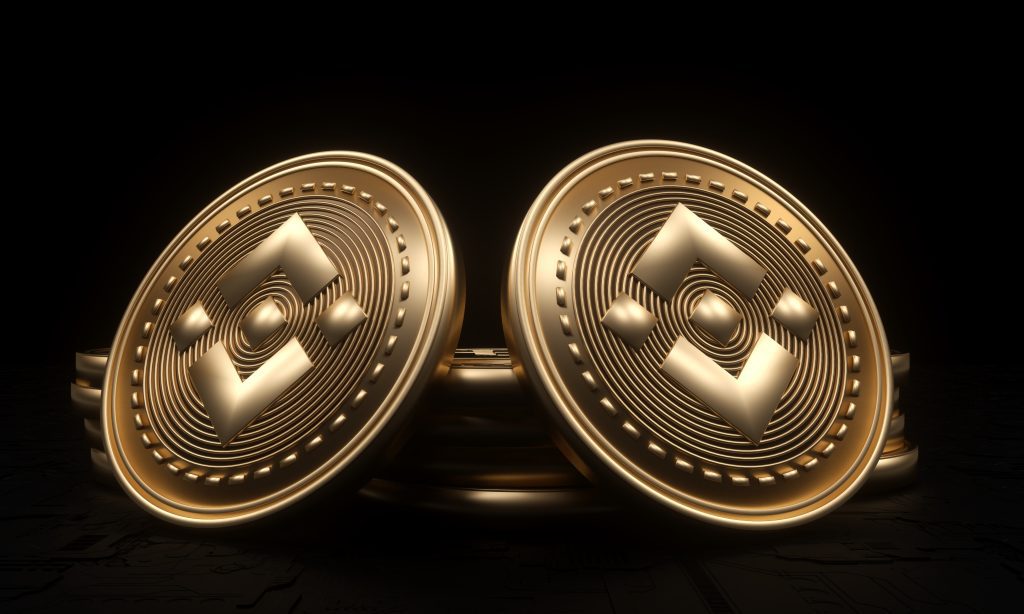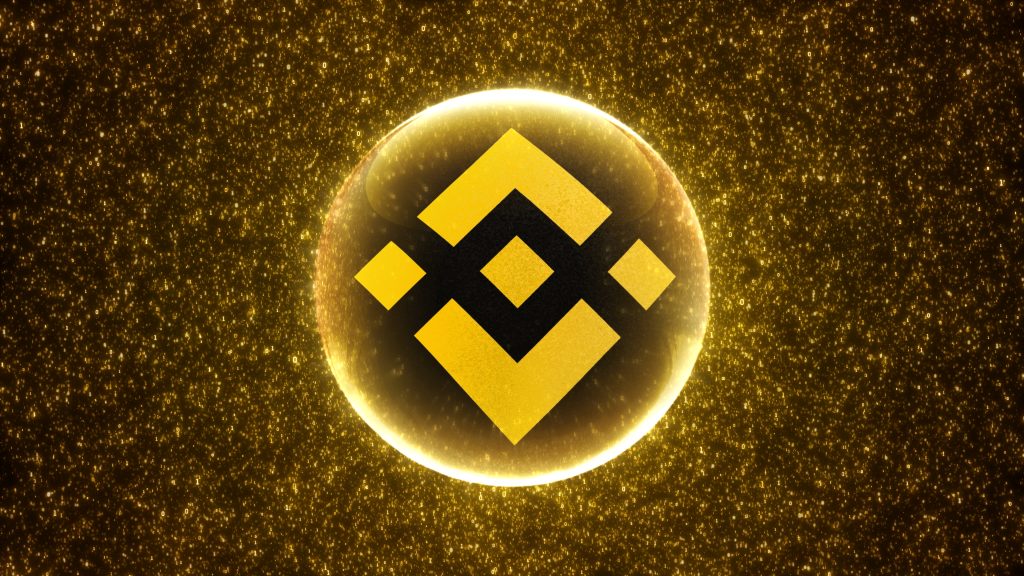Welcome to our comprehensive guide on Binance Coin – BNB! As a pivotal player in the ever-evolving cryptocurrency landscape, BNB has become an essential digital asset in today’s world. In this article, we’ll explore the multifaceted aspects of BNB, from its history and diverse forms to the various use cases it powers. By understanding BNB’s role and significance, you’ll gain valuable insights into the rapidly growing cryptocurrency ecosystem.
The History of BNB
The story of BNB began with its Initial Coin Offering (ICO) in 2017. This groundbreaking event took place from June 26th to July 3rd, with the Binance Exchange opening for trading just 11 days later. During the ICO, BNB’s issue price was set at 1 ETH for 2,700 BNB or 1 BTC for 20,000 BNB.
Originally launched as an ERC-20 token on the Ethereum network, BNB had a total supply of 200 million coins, with 100 million offered in the ICO. However, the current total supply is lower due to periodic burning events and a real-time burning mechanism.
Over time, BNB transitioned from the Ethereum-based ERC-20 token to the BEP-2 standard, which now serves as the backbone of the BNB Chain ecosystem. The BEP-2 BNB tokens were swapped with the original ERC-20 BNB tokens at a 1:1 ratio, marking a significant milestone in BNB’s journey.
BNB in Different Forms
As BNB evolved, it became available in three distinct forms, each with unique characteristics and functionalities:
- BNB BEP-2 on the BNB Beacon Chain: The native coin of the Binance Chain, BEP-2 BNB tokens were introduced with the mainnet launch on April 18th, 2019. These tokens power the BNB Beacon Chain and facilitate seamless transactions within the ecosystem.
- BNB BEP-20 on the BNB Smart Chain: Launched in September 2020, the BNB Smart Chain (BSC) is a parallel blockchain network that operates alongside the BNB Beacon Chain. BEP-20 BNB tokens enable the creation and operation of decentralized applications (DApps) on the BSC.
- BNB ERC-20 on the Ethereum network: These are the original BNB tokens that were issued during the ICO. While most BNB tokens have transitioned to the BEP-2 or BEP-20 standards, some ERC-20 BNB tokens still exist on the Ethereum network.
The availability of BNB in these different forms allows it to serve various purposes and power numerous applications in the crypto ecosystem. This versatility has played a crucial role in BNB’s rapid growth and widespread adoption.
What is BNB Used For?


BNB’s versatility extends far beyond the BNB Chain ecosystem, making it a powerful and practical digital asset. Here are some of the popular use cases for BNB:
- Reduced trading fees on the Binance Exchange: BNB holders can enjoy discounted trading fees when using BNB coin to cover the costs.
- Binance DEX (Decentralized Exchange) trading fees: BNB can be used to pay for trading fees on the Binance DEX platform.
- Transaction fees on the BNB Beacon Chain and BNB Smart Chain: BNB is the primary currency for covering transaction fees on both the BNB Beacon Chain and BNB Smart Chain.
- Payments for goods and services: BNB can be used to pay for online and in-store purchases using Binance Card or Binance Pay.
- Travel bookings: Travala.com allows users to book hotels, flights, and more using BNB.
- Community utility token: BNB serves as a utility token for various applications within the BNB Chain ecosystem, such as games and DApps.
- Binance Launchpad token sales: Users can participate in token sales hosted on the Binance Launchpad platform using BNB.
- Binance Charity donations: BNB can be used to make charitable contributions through the Binance Charity platform.
- Liquidity provision on Binance Liquid Swap: BNB can be utilized to provide liquidity on the Binance Liquid Swap platform.
These varied use cases exemplify BNB’s flexibility and utility, making it an essential asset in the world of cryptocurrency.
BNB and Trading Fees
BNB’s utility as a means of reducing trading fees is one of its most attractive features. On the Binance Exchange, each trade incurs a standard fee of 0.1%, which is determined by your monthly trading volume and BNB holdings. You can either pay the trading fees using the assets you are trading or opt to pay with BNB coin for a special discount.
If you trade frequently on Binance, it’s worth considering acquiring BNB to take advantage of these discounted fees. However, keep in mind that the fee deduction schedule is subject to change, so always check the current spot trading Fee Schedule. Note that the Binance Futures platform follows a slightly different Fee Schedule.
BNB Chain Ecosystem
The BNB Chain ecosystem is a thriving environment that supports the growth and development of various blockchain applications. BNB powers both the Binance DEX and hundreds of applications running on the BNB Smart Chain (BSC), allowing for seamless integration and interaction between different platforms and projects.
To date, more than 180 digital assets have been issued on BSC, and millions of users have utilized BNB for utility purposes in connection with the BSC ecosystem. This widespread adoption and utility demonstrate the power and potential of BNB as a driving force in the blockchain and cryptocurrency world.
BEP-2 Tokens and BNB Beacon Chain
BEP-2 is a technical standard for the issuance and implementation of tokens on the BNB Beacon Chain. Comparable to the ERC-20 standard on the Ethereum blockchain, BEP-2 defines a set of rules that tokens must follow to function seamlessly within the BNB Beacon Chain ecosystem. These rules ensure that tokens can interact smoothly with each other and the surrounding infrastructure.
While BEP-2 tokens can represent various digital assets and tradable goods, the standard guarantees their seamless integration. For developers, the BEP-2 standard simplifies the process of issuing tokens, as it outlines the basic and essential features for tokens on the BNB Beacon Chain.
BNB, the native asset of the BNB Beacon Chain, is used to pay for fees, similar to how gas works in the Ethereum network. To transfer BEP-2 tokens, users need a small amount of BNB in their wallets. BEP-2 tokens can be traded on Binance DEX and stored in various wallets, including Trust Wallet and hardware wallets like Ledger Nano X, Ledger Nano S, Trezor Model T, and Coolwallet S.
How to Get BNB Coin?


With BNB being an essential asset within the Binance ecosystem and its various use cases, you might wonder how to acquire it. Most BNB purchases occur in the secondary market, meaning you can buy and sell BNB on Binance.com and other cryptocurrency platforms.
Here’s a simple step-by-step guide on how to buy BNB:
- Sign up or log in to a cryptocurrency platform: Create an account on a platform that supports BNB, such as Binance.com, and complete any necessary verification steps.
- Deposit funds: Deposit either fiat currency or other cryptocurrencies into your account, depending on the platform’s available options.
- Find a trading pair: Locate a trading pair that includes BNB, such as BNB/USD or BNB/BTC.
- Place an order: Place a buy order at your desired price and amount of BNB. You can choose between a market order, which executes immediately at the current market price, or a limit order, which executes when the specified price is reached.
- Monitor your order: Keep an eye on your order until it’s executed and the BNB is deposited into your account.
Once you have BNB in your wallet, you can start utilizing it for various purposes, such as reduced trading fees, participating in token sales, or even booking your next vacation.
Storing and Managing BNB
Storing and managing your BNB coins securely is crucial to ensuring the safety of your investment. There are several types of wallets that support BNB, each offering different levels of security and accessibility.
- Software wallets: These wallets are applications installed on your computer or mobile device. Trust Wallet, a popular choice for mobile users, supports BEP-2, BEP-20, and ERC-20 versions of BNB. Other software wallets, such as MetaMask and MyEtherWallet, also provide support for BNB storage and management.
- Hardware wallets: For those seeking enhanced security, hardware wallets offer a more secure option. These physical devices store your private keys offline, ensuring they remain safe from online threats. Ledger Nano X, Ledger Nano S, Trezor Model T, and Coolwallet S are some examples of hardware wallets compatible with BNB.
- Web-based wallets: Web-based wallets allow you to access and manage your BNB through a browser interface. While these wallets are convenient, they might be less secure than hardware or software wallets due to their online nature.
- Custodial wallets: These wallets are managed by third-party services, such as exchanges or wallet providers. While they offer a high level of convenience, it’s essential to remember that your private keys are held by the service provider, which means you’re relying on their security measures to protect your funds.
When selecting a wallet, consider factors like security, convenience, and accessibility. Regardless of the wallet type you choose, always make sure to follow best practices, such as keeping your private keys secure and enabling two-factor authentication (2FA).
The Bottom Line
BNB has evolved significantly since its launch in 2017, transitioning from an ERC-20 token to the native asset of the BNB Chain ecosystem. Its diverse use cases, including reduced trading fees, token sales, and decentralized applications, have contributed to BNB’s growth and adoption.
Understanding the different forms of BNB, its applications, and the BNB Chain ecosystem is crucial for anyone looking to participate in the Binance ecosystem. With proper storage and management practices, users can harness the full potential of Bthe NB coin and its wide array of use cases, making it an essential component of the ever-growing world of cryptocurrencies.









